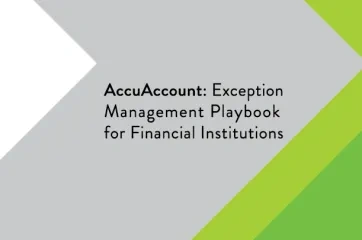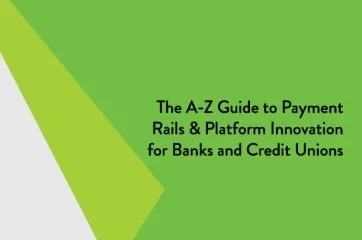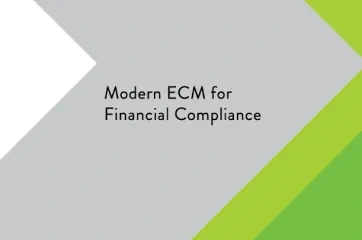Loan Policy
A loan policy is a bank or credit union’s lending guidelines that set the terms on how and to whom it will loan funds. A financial institution develops its own policy, which should also be compliant with all applicable regulations. Once developed, a bank is under an obligation to follow its own mandates set forth by the loan policy.
Setting the Parameters
A financial institution’s loan policy outlines the types of loans it will consider and the associated terms. For example, this might include:
- Maximum dollar amount and term length on a new car loan
- Maximum percentage of loan-to-property value, how appraisals are conducted, and if guarantors are required on real estate loans
- Whether or not principals of the organization must guarantee a commercial loan
Loan policy usually defines a bank or credit union’s market area and the types of loans that an institution does not extend to account holders. For example, a bank or credit union might decide to concentrate on commercial and agricultural loans rather than personal auto loans.
Making Exceptions
Sometimes an institution will consider a loan that is outside of its own lending policy. In this case, the lender may need to make a loan presentation to a committee and explain why he or she wants to supersede the guidelines due to special circumstances.
Financial institutions track loan policy exceptions for internal audits and external examinations. Often, they use spreadsheets to document loan policy exceptions and the rationale for deviating from standard policy. Instead of spreadsheets, some banks opt for electronic account management systems, such as AccuAccount, which can make it easier to flag policy exceptions for audits and examinations.
If a bank or credit union is making many exceptions to a specific loan policy, then it may need to reevaluate its policy and adjust it to be in closer alignment with actual business practices.
Managing Loan Policies
A financial institution’s lenders should always be conversant with and have ready access to the most current version of its loan policy. Hard copy loan policies are difficult to manage and quickly become outdated when policies change. A digital repository, such as AccuDoc, can streamline the management and sharing of a bank or credit union’s loan policy.
Additional Banking Resources
Does your bank or credit union need a more efficient approach to document management and tracking? Be sure to check out our extensive resource library with free spreadsheets, whitepapers, and eBooks.
Browse our banking definitions page for more terminology.







